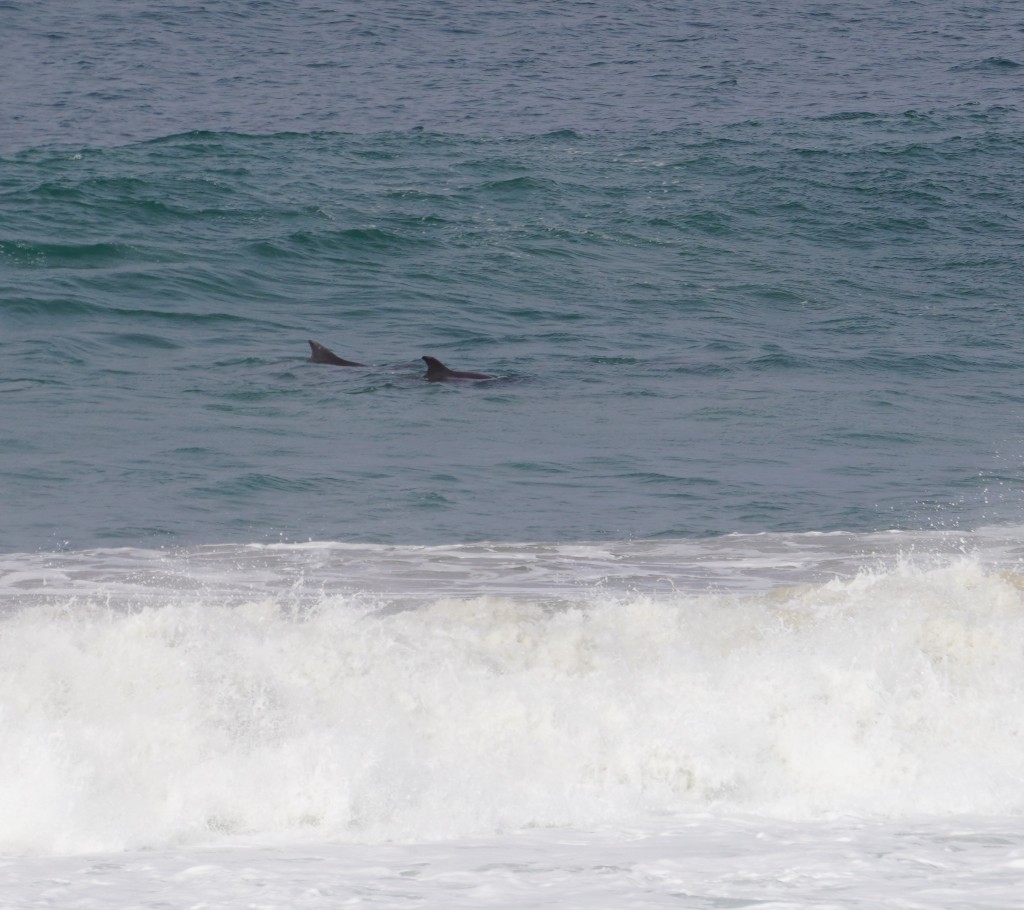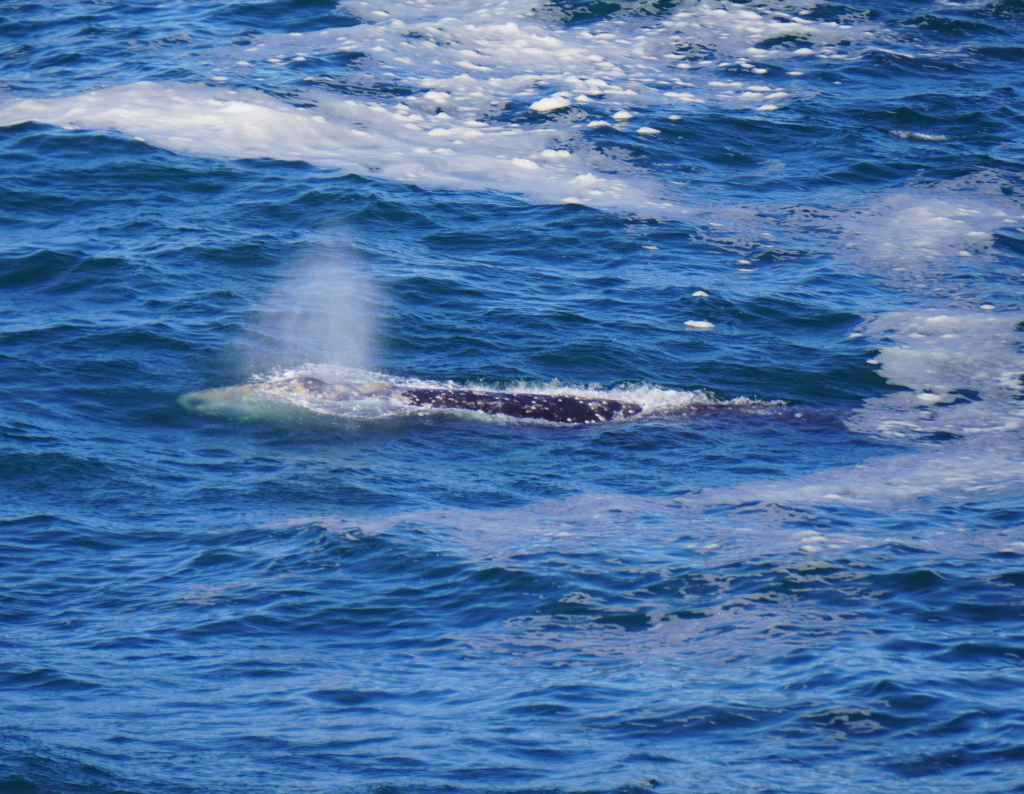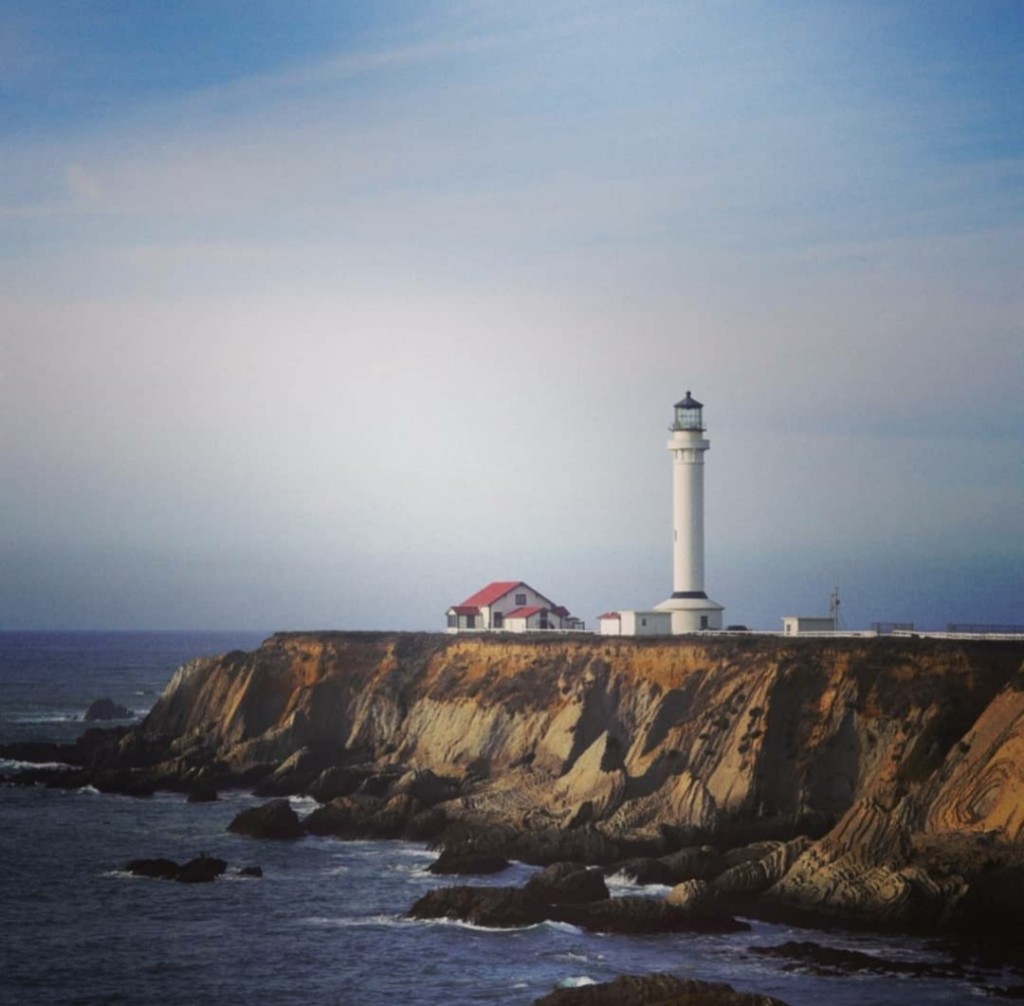When I visited the Gray Whale Census and Behaviour Project at Point Vicente centre on 8th December, it was a year to the day since the team had seen their first southbound gray whale of the previous year’s migration. Although we didn’t see any gray whales that day, it was lovely to meet census director Alisa Schulman-Janiger and her fantastic team of volunteers. The day hadn’t been entirely blubber-free though, I’d passed a pod of bottlenose dolphins cruising along the surf zone as I’d cycled out to the Palos Verdes Peninsula, a real treat on a squally December day.


This year, the first southbound whales weren’t seen from Point Vicente until 12th December as they started trickling south. Almost two months later, the migration is now in full swing and, as of 3rd February, 302 southbound gray whales have been counted including 28 calves that have been born along the way. The counts are updated daily on the Gray Whale Census and Behaviour Project website along with information about how this year’s migration compares to last year’s.
Monterey Bay Whale Watch, to the north, has been enjoying plenty of gray whale sightings too. Monterey Bay is where northbound mother-calf pairs returning from the breeding lagoons of Mexico are forced to run the gauntlet as they cross the deep water of Monterey submarine canyon, where killer whales wait. If you’ve seen footage of killer whales hunting gray whale calves, chances are it was filmed in Monterey Bay with input from Nancy Black, the local killer whale expert. Unusually, this year the killer whales have also been hunting southbound gray whale calves (this video on the Monterey Bay Whale Watch Facebook page has amazing drone footage of killer whales and gray whales from 26th January). Killer whales are just one of the dangers the gray whales face on their incredible journeys.


Further north again, the Mendonoma Whale and Seal Study has also been keeping watch. Despite some days with heavy whale traffic, overall they’ve had their lowest January count since they began monitoring the gray whales seven years ago. This could be due to changes in the timing of the migration (a later start was observed this year), the detectability of the whales (because of poor sighting conditions, for example, or behavioural changes) or their abundance.


Of course, the migration isn’t a clear-cut event and some individuals will be way ahead of, or far behind, the crowds. Two very keen gray whales were seen in the most northerly of the Baja lagoons — Ojo de Liebre — on 10th December. Further south, in San Ignacio lagoon, boat surveys conducted by the Laguna San Ignacio Ecosystem Science Program to count the whales don’t begin until late January. Last year the highest whale count was on 25th February before the numbers began dropping off as the whales returned north. Again, not all whales are on exactly the same schedule; 10 northbound whales have already passed Point Vicente on their way back to their feeding grounds. Whichever way they’re going, the whales are on the move!



Hi Becci, We were asking ourselves yesterday what the northbound migration will look like. We normally begin seeing the first north migrators around February 8, which is in a very few days. Scott Mercer
Sent from my iPhone
>
LikeLike
Oooh, that’s very soon! I will be keeping an eye on your Facebook updates to see what happens. Comments from Point Vicente suggest the southbound whales are looking nice and healthy, is that what you’ve been thinking too?
LikeLike